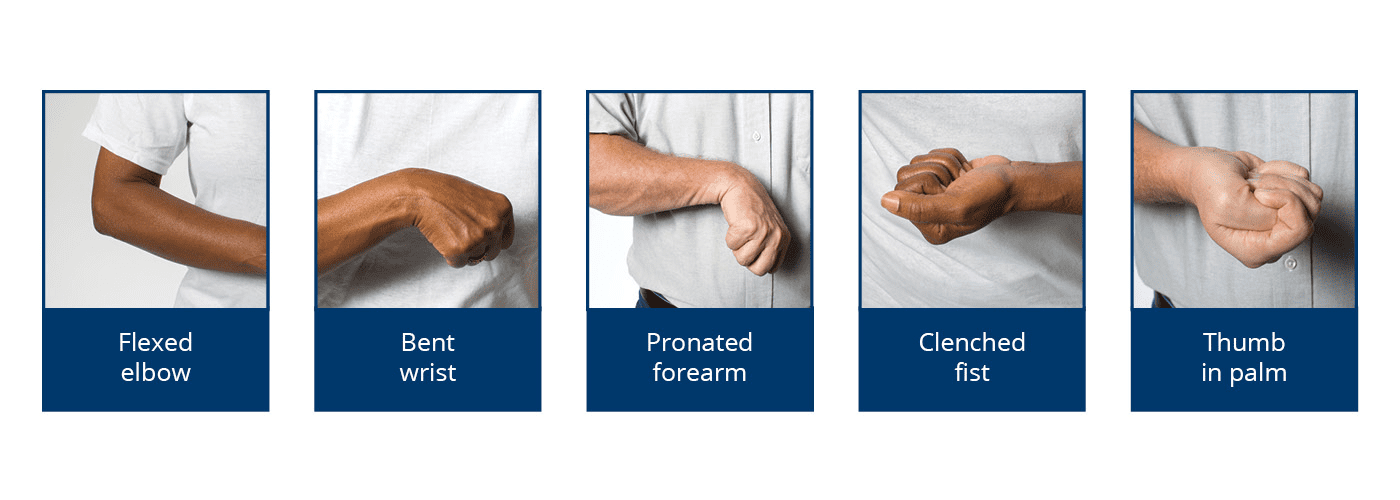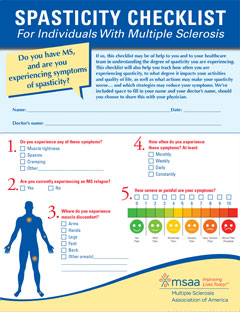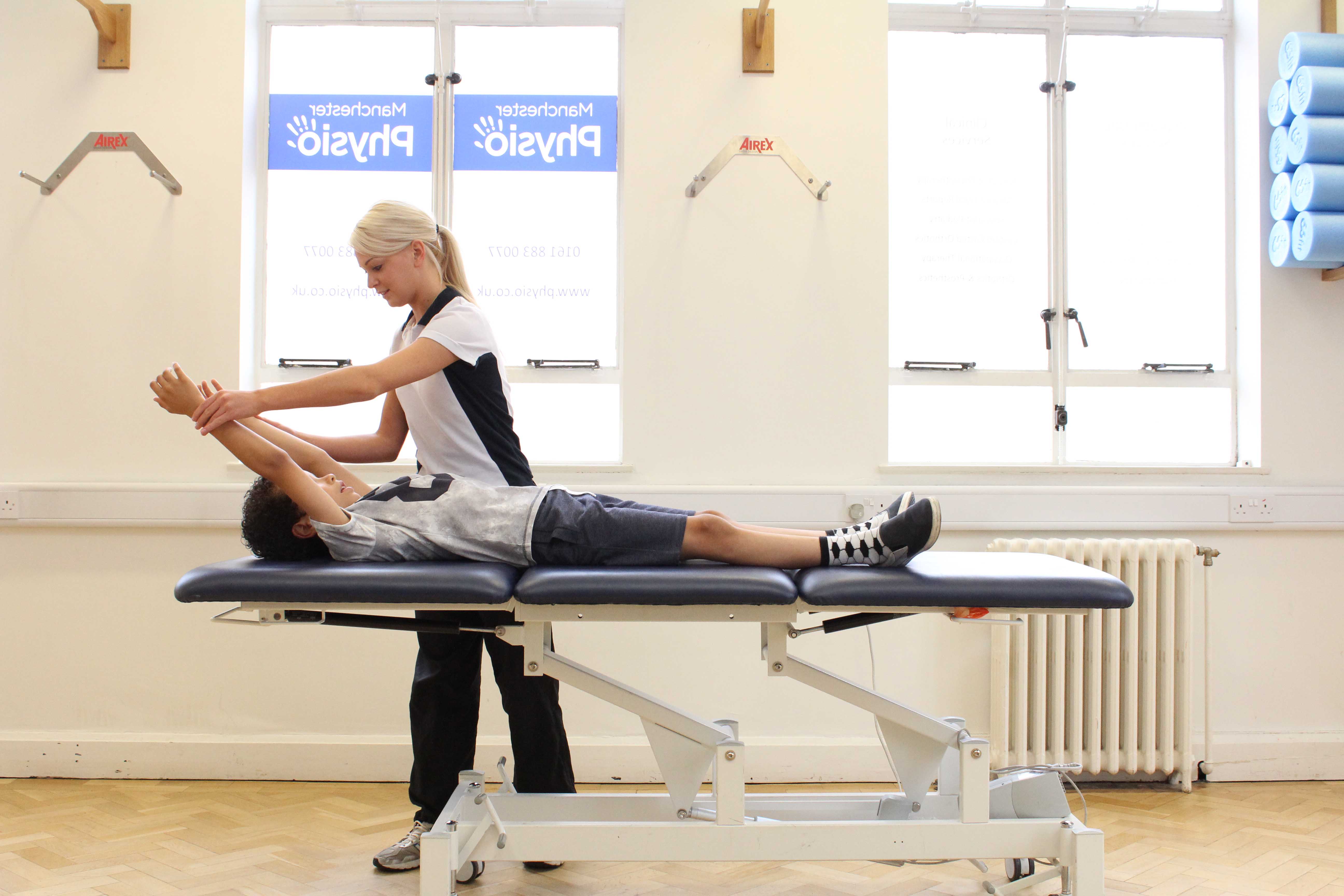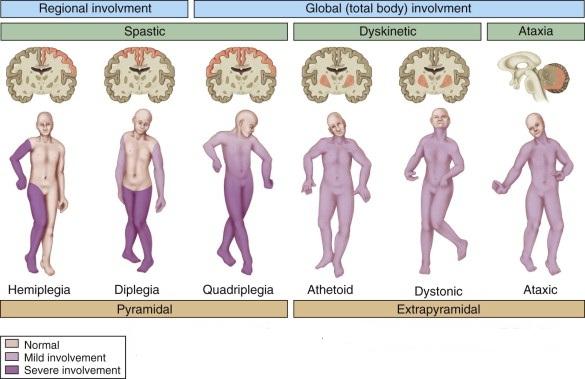Marvelous Tips About How To Reduce Spasticity
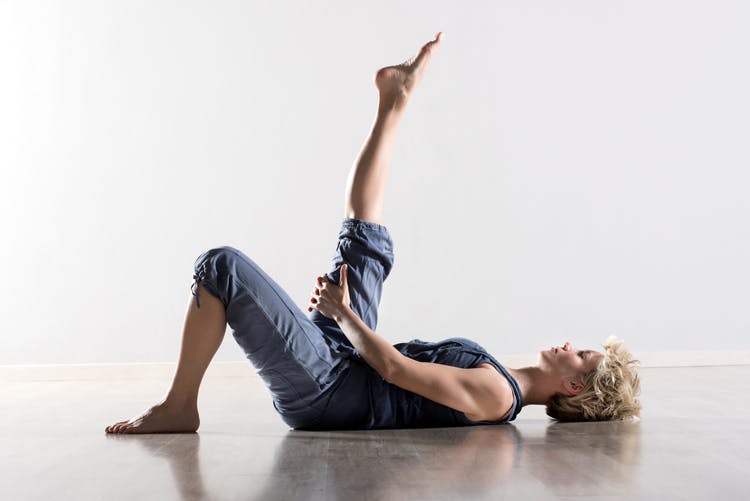
Start improving from home with guided stroke exer.
How to reduce spasticity. It facilitates motor relearning of gait cycles ( mauritz 2004 ). Spasticity symptoms include continuous muscle stiffness, spasms and involuntary contractions, which can be painful. Sometimes, spasticity may be treated with medications.
Supplementary treatments like botox and hand splints can help boost the process. Home exercises to restore arm and leg movement weight bearing activities are important for several reasons. A person with spasticity may find it difficult to walk or perform certain.
A neurologist may prescribe medications such as muscle relaxants, benzodiazepines, or anticonvulsants to reduce muscle tension and spasticity. Supporting, positioning, and aligning the body is useful to minimize or prevent pain and stiffness that are commonly present due to spasticity. An arm rest or lap tray and lumbar.
Spasticity is a disorder of muscle control where increased muscle tone causes tightness or stiffness of muscles and reflexes are stronger or exaggerated. Physiotherapist susan ehler discusses muscle spasticity and how it is possible to reduce it after a stroke. Certain prescribed medications given by mouth (orally) may help reduce muscle spasticity.
Intrathecal baclofen (itb) therapy delivers spasticity medication to the intrathecal space (fluid flows around the spinal cord) corresponding to the spinal level of the spastic. Exercise or stretch the affected limbs.
